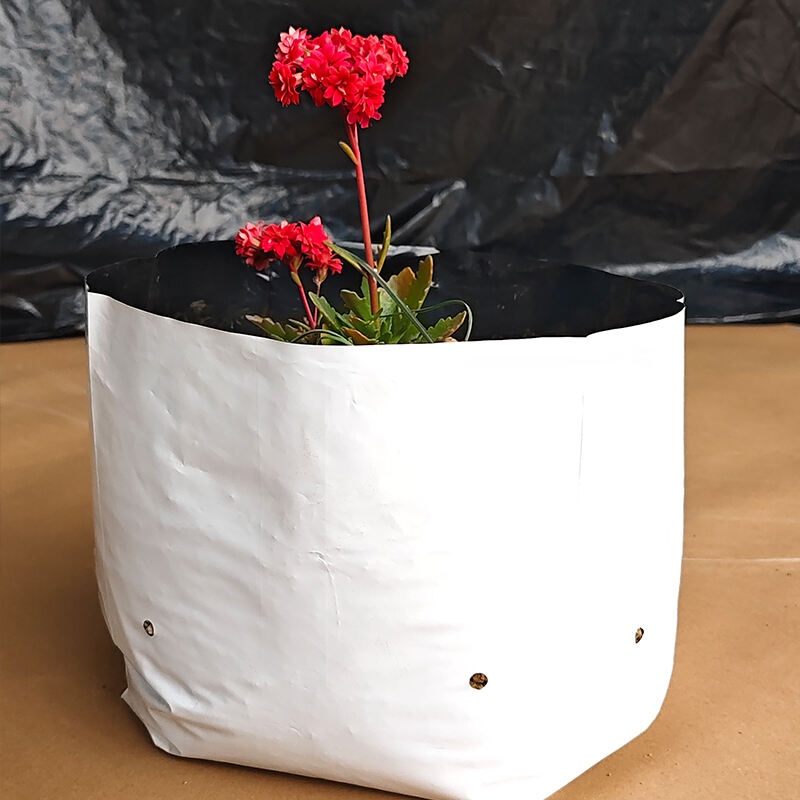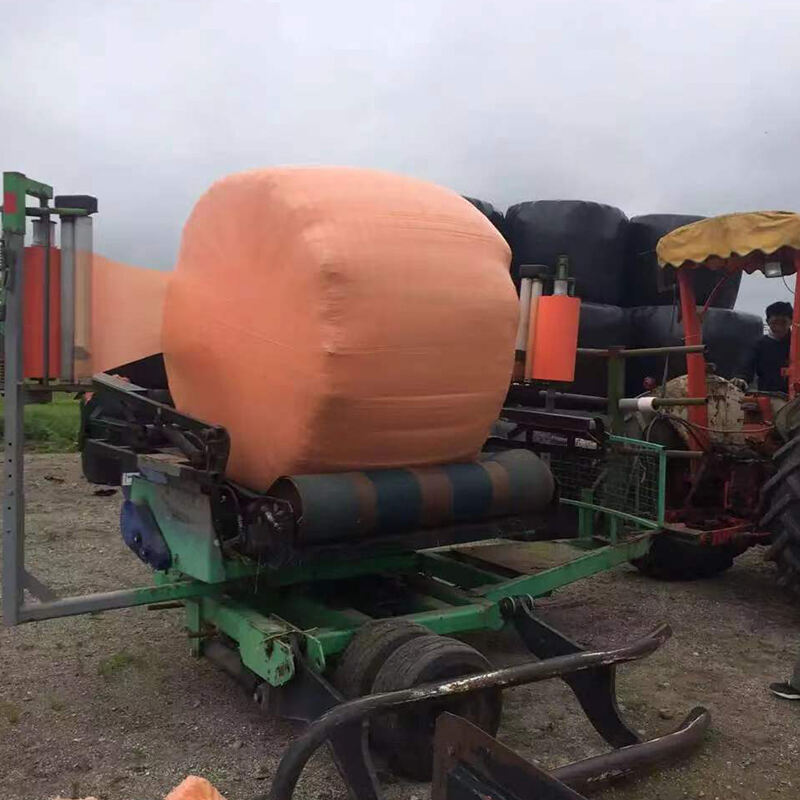black silage bags
Black silage bags represent a revolutionary advancement in agricultural storage solutions, offering farmers and agricultural professionals a reliable method for preserving fodder and maintaining its nutritional value. These high-density polyethylene bags are specifically engineered to create an optimal anaerobic environment essential for proper fermentation and preservation of various agricultural materials, including corn silage, grass, and high-moisture grain. The bags feature a specialized multi-layer construction with UV protection, ensuring extended durability even under harsh weather conditions. Typically ranging from 60 to 500 feet in length, these bags are designed with precise thickness specifications to maintain structural integrity during the fermentation process. The black color serves a crucial purpose by blocking harmful UV rays and maintaining consistent internal temperatures, which is vital for the fermentation process. Advanced manufacturing techniques ensure uniform thickness distribution and superior puncture resistance, while the bags' unique design includes gusseted sides for enhanced stability during filling and storage. These bags are compatible with various bagging machines and can be easily sealed to maintain an oxygen-free environment, crucial for proper silage preservation.


